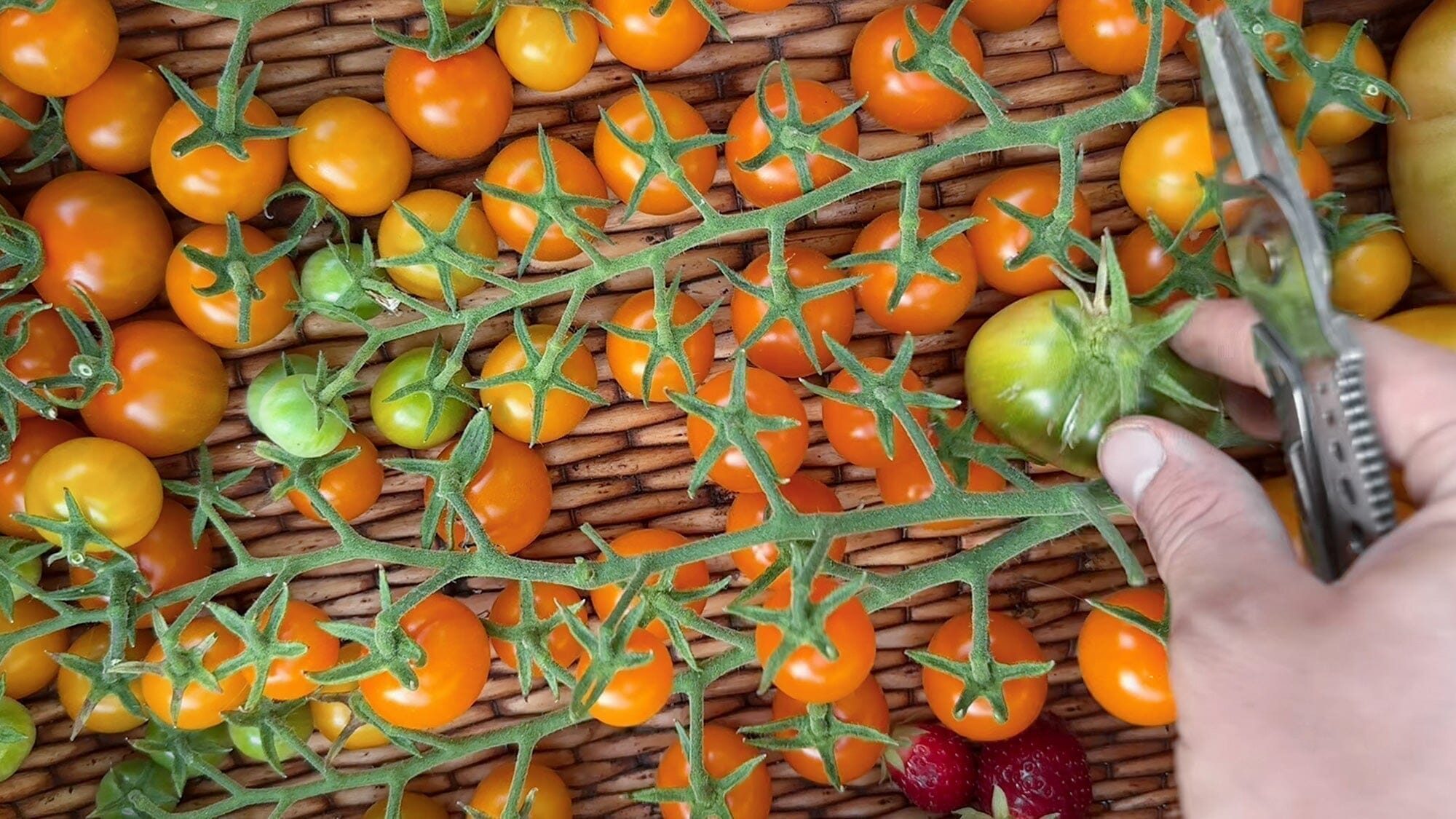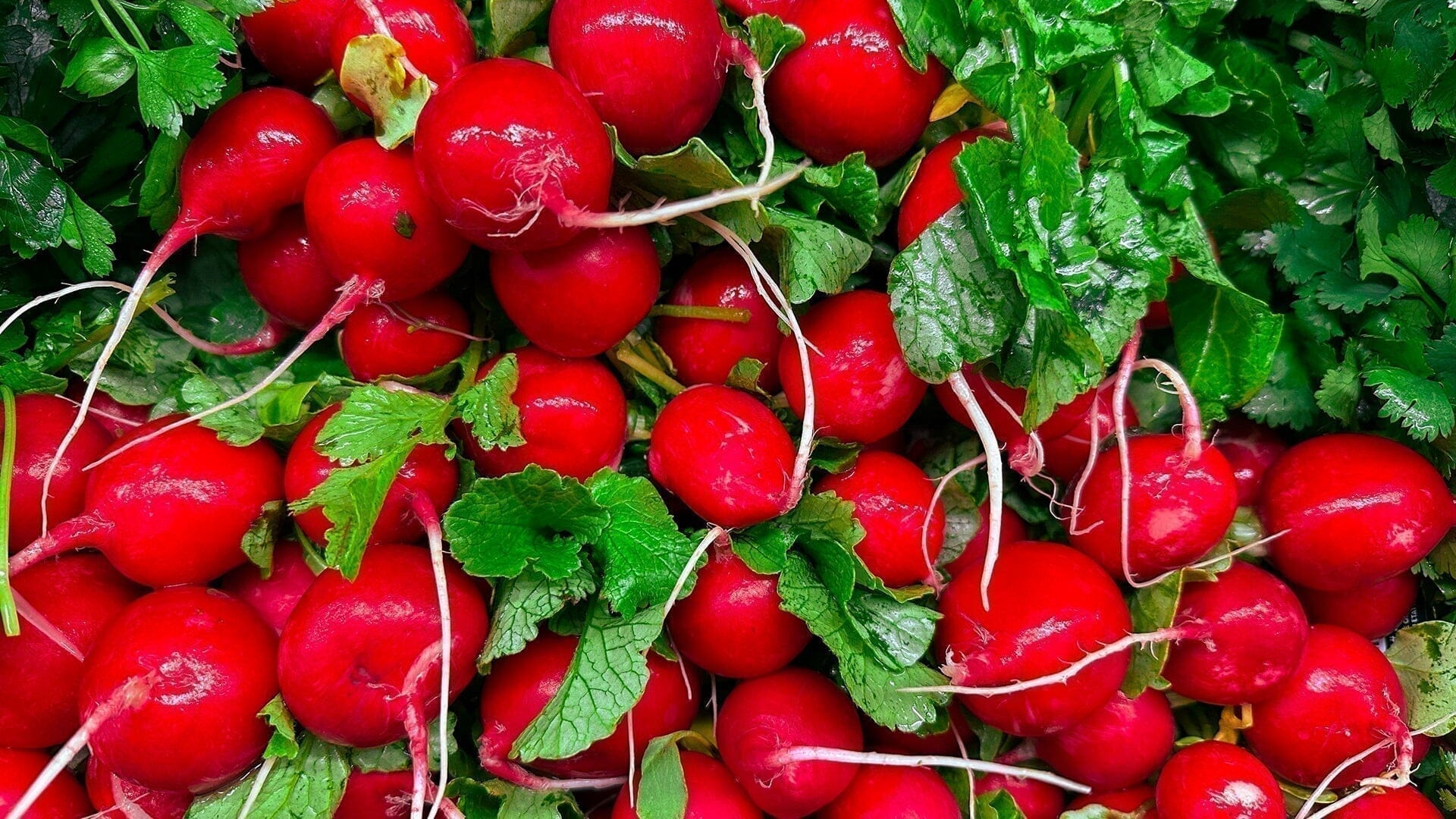Story & Photos by Gloria Goñi

· · ·
Foraging for mushrooms is one of my greatest passions. It is hiking with a purpose and the ultimate Easter egg hunt. Plus, there is always the possibility of coming home with a bag full of tasty, wild mushrooms! Depending on where you live and the season, there are a wide variety of delicious edible mushrooms to be found and foraged. It is extremely important to know what you are doing and to never harvest and eat a mushroom you aren’t 100% sure is edible. With that disclaimer out of the way, here are a few mushroom-foraging tips to help you along your journey.

Mushroom Foraging Gear
- Paring Knife
- Foraging Bag or Mesh bag
- Mushroom Identification book
- Water, snacks, first aid kit, sufficient layers, & proper footwear.
- GPS or Tracking App
- Cast Iron Skillet (for cooking!)

Tips When Foraging For Mushrooms
- Study up. Newbie (& expert!) mushroom foragers should invest in a local mushrooming handbook. A regional resource will help you locate, identify, and properly harvest wild mushrooms as well as offer tips on sustainable foraging practices. Many areas have Facebook groups or community clubs that go out foraging together; this is a great way to meet like-minded people and mentors.
- Start small. There are a wide variety of mushroom species. While it might be appealing to hunt them all, focus on identifying and foraging one mushroom at a time. Spreading your focus too thin, especially as a beginner, can lead to identification mistakes and not-so-good endings. Start with identifying a seasonal mushroom that is highly differentiable. A great example is the Golden Chanterelle; this autumn mushroom has unique distinguishing features and few poisonous look-alikes. Once you start feeling confident with one species of mushroom, then you can start looking for others. In the western United States, look for Morels in the spring, King Boletes/Porcinis in the late summer, and Chanterelles in the fall. This trio of mushrooms is a great starting point.
- Change your vantage point & make observations. As a mushroom forager, you are constantly looking at your surroundings. When you find your target mushroom, don’t just harvest it and leave. Instead, get down low at eye level with the mushroom and look around from this perspective. Often the mushrooms we harvest pop up in patches, and if you find one, there are likely more. In addition, look all around. Make observations on nearby foliage, terrain features, sun exposure, soil moisture, etc. By slowing down and noticing where you are finding mushrooms, you might find patterns or trends. That said, mushrooms will surprise you and can pop up where you least expect them!
- Invest in a GPS or tracking app. Unlike typical hikers, mushroom hunters often stray off of trails and spend the majority of their time looking down at the ground. This combo can make getting lost a real possibility. Invest in a GPS app for your phone that works without cell service, like onX, to track your travels or at least leave a pin on the car. It is more common than you think to get so focused on mushroom hunting that you lose any sense of direction; that is why it is best to have a map.
- Keep it simple. When cooking these wild mushrooms, remember--the simpler, the better. Butter or extra virgin olive oil, a little bit of garlic, possibly some rosemary or thyme, and salt and pepper are all you need to saute these delicious mushrooms. Every mushroom is different, but, in general, the nutty flavor pairs great with a protein like fish or steak, greens like asparagus or chard, and starch like potatoes.
About
Gloria Goñi is a photographer, writer, and unbounded dreamer. Finding great satisfaction and joy in fishing, hunting, foraging, and harvesting her own food, Gloria incorporates these topics and many other curiosities into her creative work. Despite her Spanish roots and insatiable travel-bug, Gloria finally settled in Montana with her trusty pups! Together they fish, hunt and photograph their adventures one river or mountain at a time. Follow along with La Pescadora for more wild adventures.



